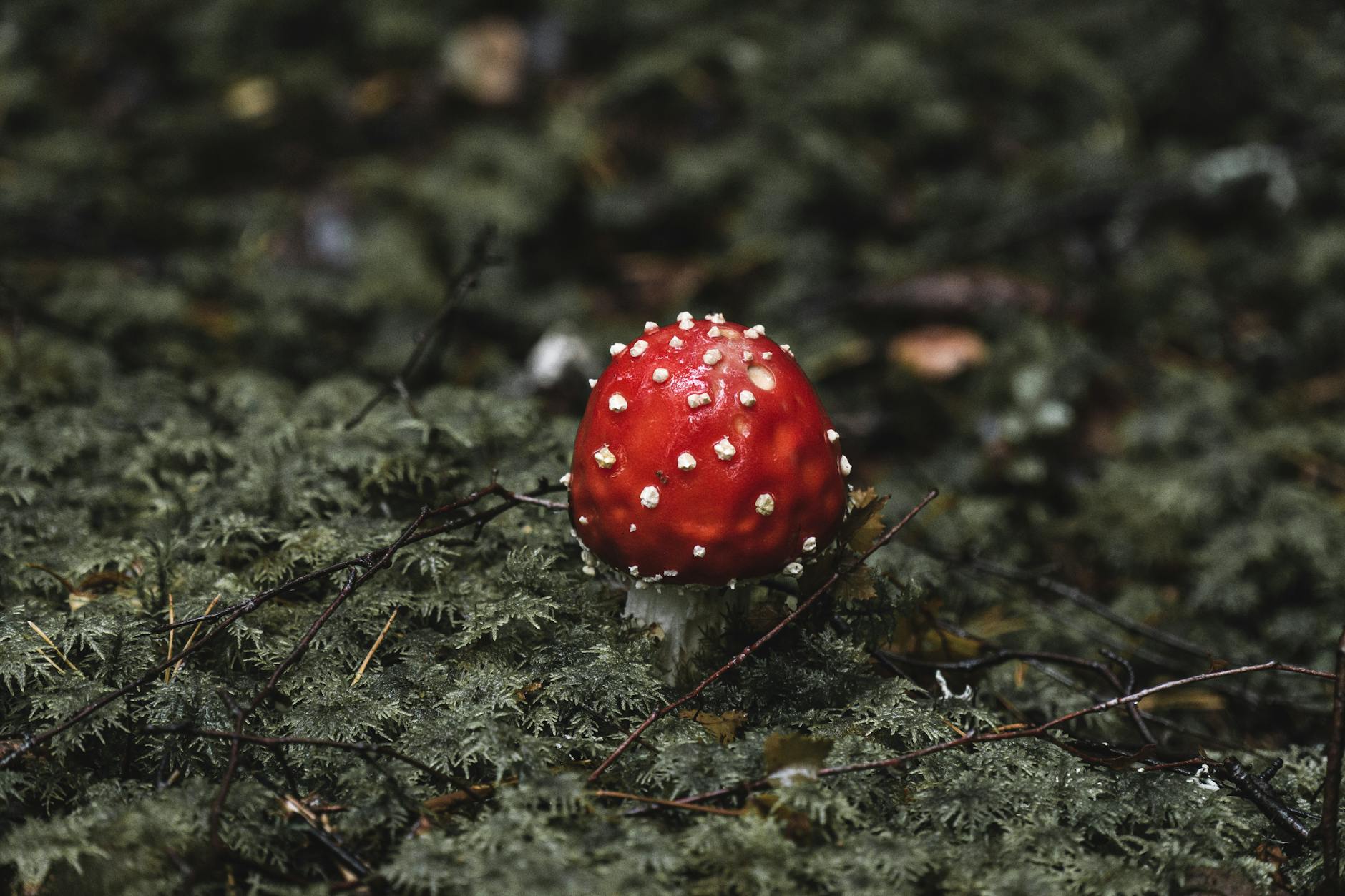Mushroom Poisoning 101: Vital Symptoms, Risks, and Prevention
Mushrooms are a unique category of food that comes with a multitude of varieties, each offering distinct flavors and textures. However, not all mushrooms are safe for consumption, as some can be toxic and lead to severe health complications. Understanding the vital symptoms, risks, and prevention methods associated with mushroom poisoning is essential for ensuring your well-being when foraging or consuming mushrooms.
Symptoms of Mushroom Poisoning
Mushroom poisoning can exhibit a wide range of symptoms, depending on the type of toxic mushroom ingested. Common symptoms include nausea, vomiting, abdominal pain, diarrhea, dizziness, confusion, and even organ failure in severe cases. It is crucial to recognize these symptoms promptly if you suspect mushroom poisoning, as early intervention can significantly impact the outcome.
Types of Poisonous Mushrooms
Several species of mushrooms are known to be toxic to humans. Some of the most dangerous include the death cap mushroom (Amanita phalloides), destroying angel (Amanita bisporigera), and the deadly webcap (Cortinarius rubellus). These mushrooms contain toxins that can cause irreparable harm to the liver, kidneys, and other vital organs if ingested.
Risks Associated with Mushroom Poisoning
The risks associated with mushroom poisoning are serious and can lead to life-threatening consequences. Children, the elderly, and individuals with underlying health conditions are at higher risk of severe complications from mushroom toxicity. Additionally, misidentification of edible and toxic mushrooms poses a significant risk, especially for novice foragers. Consuming even a small amount of a toxic mushroom can have devastating effects on your health.
Prevention Tips for Mushroom Poisoning
Prevention is key when it comes to avoiding mushroom poisoning. Here are some essential tips to help you stay safe:
1. Educate Yourself: Learn to identify both edible and toxic mushroom species through field guides, workshops, or experienced foragers.
2. Purchase from Reputable Sources: If you are unsure about wild mushrooms, purchase them from trusted suppliers.
3. Avoid Risky Practices: Refrain from consuming mushrooms found in the wild unless you are certain of their safety.
4. Cook Thoroughly: Properly cooking mushrooms can help break down toxins and make them safe to eat.
5. Seek Medical Help: If you suspect mushroom poisoning, seek medical assistance immediately.
In conclusion, mushroom poisoning can have serious consequences, making it crucial to be vigilant when handling and consuming mushrooms. By understanding the vital symptoms, risks, and prevention methods associated with mushroom poisoning, you can safeguard your health and well-being. Remember, when in doubt, it is always safer to err on the side of caution and refrain from consuming wild mushrooms unless you are certain of their safety. Stay informed, stay safe, and enjoy mushrooms responsibly.


